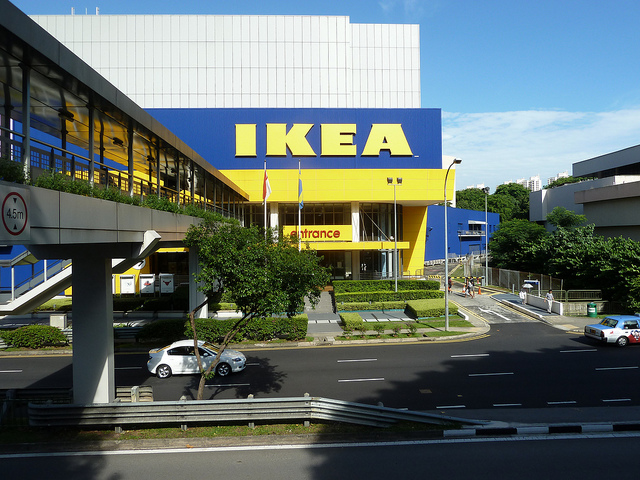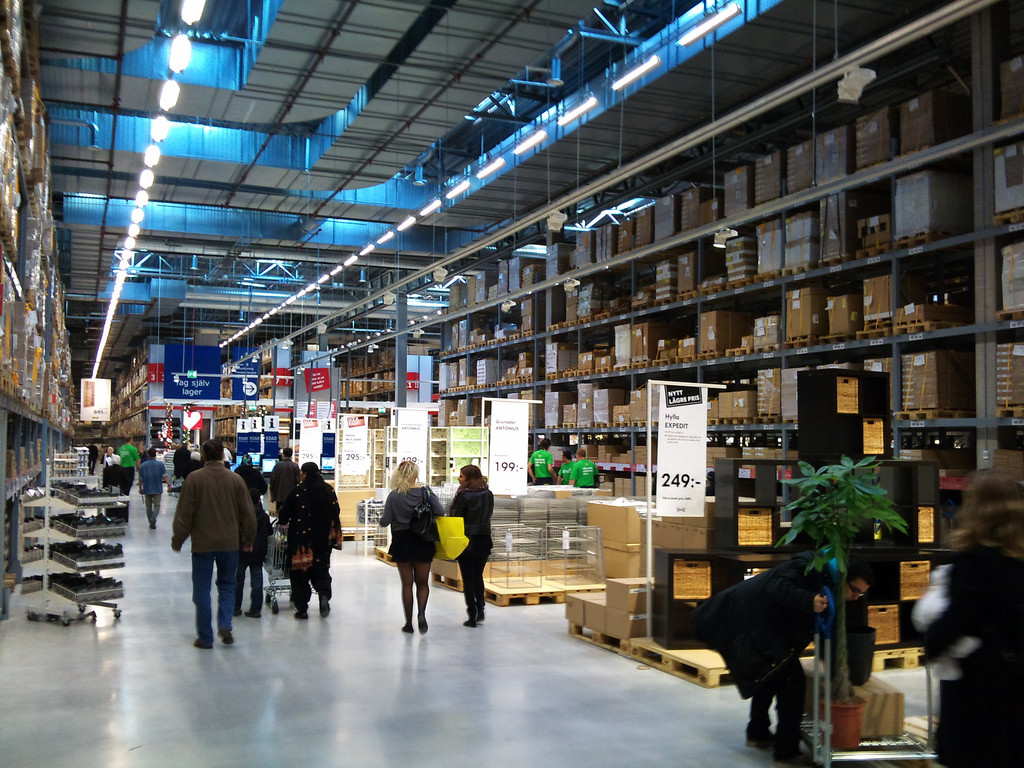
Image – Karl Baron
The level of customer loyalty that IKEA has built over the years is outstanding. Few brands meet this symbolic height. IKEA is a Swedish company that was set up in 1943 as a furniture-making company.
It used the steady reduction of product prices as a strategic tool for growth sustenance. This approach became a style, an art that made IKEA’s growth enviable. The company seeks full knowledge of production costs before taking up any new project. Low product prices and high product quality became possible because of low production costs. IKEA had to restrategize because of the global recession of 2008 and the general spike in prices. It repositioned itself for a long-term growth through a further reduction of product prices. Consumers were able to get the same high-quality products at lower prices. How did this become possible? The company researched, identified, and eliminated all unnecessary elements that add to production costs. Next, IKEA invested 100 percent of its savings in the development of its core business areas. This investment helped in ensuring the sustenance of these lower product prices. It is worth mentioning that at other companies, a reinvestment of 25 percent is a top range. Despite the economic downturn, this strategy helped stabilize IKEA’s growth margin. The company maintained a growth rate of about 10 percent year to date. Before the global recession, IKEA enjoyed a profitable growth in almost all its markets. It hardly took note of the negative cost elements in its production practices. With the economic downturn, the company maintained its people-focused culture and the drive to make its products affordable to most of its customers. It did not cut down on capital expenditure through employee disengagement. It rather eliminated all negative elements that add to production costs, and this helped boost the price reduction strategy. The company also gained tremendous goodwill and a greater share of its market environments.
The IKEA Group has operations in 43 countries.
Total of
315 stores in 27 countries
.In 2014, the IKEA Group stores had
716 million visits
.
IKEA
had more than
1.5 billion visits
during FY14, up 15% from FY13. The IKEA range consists of approximately
9,500 products
.Every year IKEA launch about
2,000 new products.
IKEA have
12 in-house designers and 60-70 external designers
via contracts.
To make the price- reduction strategy sustainable, IKEA had to come up with a four-way plan.
- The first plan was to keep its custom-built properties as well as to develop new retail stores.
- The company also adopted a frugal spending towards its operating activities. The second plan entails an increase in the volume of production. This ensured a reduction in production cost and cost of raw materials.
- Next, the company developed a more efficient supply chain protocol.
- Finally, more employees assumed decision-making responsibilities for better and prompt resolution of customer issues. Because of the already established frugal culture in the company, both current and new employees had no difficulty in adapting to the growth strategy. Price reduction would have been ineffective if IKEA’s products failed to meet customers’ needs.
 Image – Karl Baron
Image – Karl Baron
Most customers will not buy products they do not need even at low prices. The company interacts with its customers to know their preferences. These preferences serve as important input at the product design stage.
IKEA believes that low prices are possible even with high product quality.
This combination became IKEA’s veritable strategy and drive for its sustainable business growth.